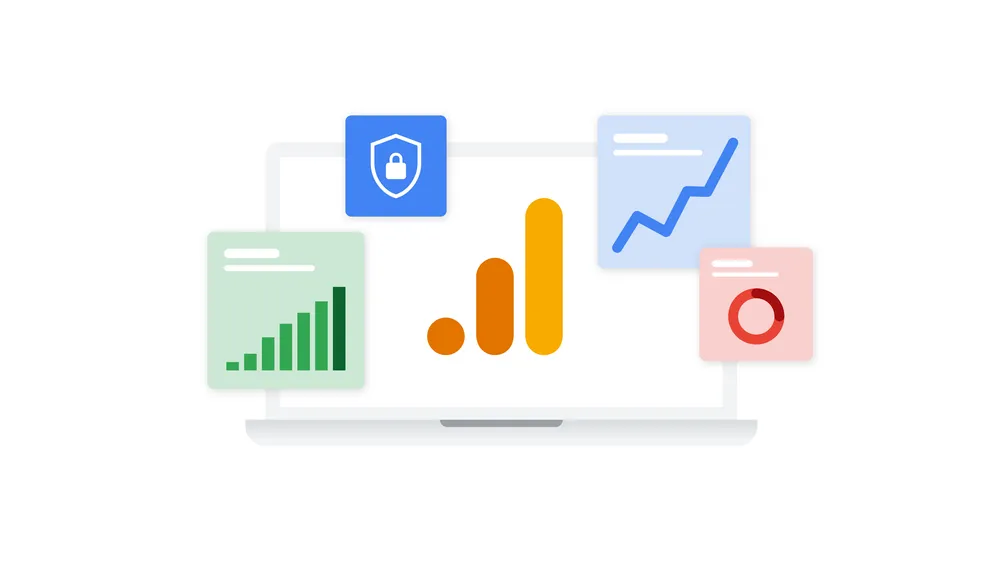When Does the Google Analytics Tracking Code Send an Event Hit to Analytics? Timing and Best Practices Explained
Maximize Your Site Performance With Google Analytics Tracking Code
In the digital landscape, understanding customer interactions with your web site is vital for optimization. This calculated implementation not only informs your choices yet also paves the means for an extra appealing customer experience.
Recognizing Google Analytics
Recognizing Google Analytics is necessary for internet site proprietors and marketing experts intending to enhance their on-line presence. This powerful tool gives vital insights into individual actions, allowing stakeholders to make data-driven choices. By tracking various metrics, such as page sights, bounce prices, and individual demographics, Google Analytics helps recognize which aspects of an internet site are executing well and which need renovation.
Among the crucial attributes of Google Analytics is its capability to sector data. Users can examine traffic resources, customer involvement, and conversion prices across various sectors, such as geographic areas or gadget types. This granularity makes it possible for marketing professionals to customize their strategies to particular target markets, therefore boosting the effectiveness of their projects.

Establishing Tracking Code
To harness the complete potential of Google Analytics, establishing up the tracking code properly is an essential step. The tracking code, a snippet of JavaScript, makes it possible for Google Analytics to accumulate data about user interactions on your site. To start, log in to your Google Analytics account and browse to the Admin section. Under the Residential property column, select "Tracking Information" and then "Monitoring Code." Right here, you will find your special tracking ID, which starts with "UA-" followed by a collection of numbers.
Following, you'll need to install this code into the HTML of your web site. Preferably, place the monitoring code simply prior to the closing tag on every web page you desire to check. Take into consideration making use of plugins that help with easy integration. if you're utilizing a material administration system (CMS) like WordPress.
After executing the code, it's important to confirm its capability. Utilize the "Real-Time" records in Google Analytics to verify that data is being accumulated as anticipated. By guaranteeing appropriate setup, you produce a solid structure for effective data analysis and strategic decision-making to improve your web site's efficiency.
Trick Metrics to Screen
Regularly keeping an eye on key metrics in Google Analytics is crucial for evaluating your site's performance and user interaction. Among the fundamental metrics to track are page sights, which provide insight into just how typically customers see various pages on your website. Furthermore, distinct visitors help you comprehend the reach of your web content by showing just how many unique individuals are engaging with your website over an offered duration.
Bounce price is another critical statistics, revealing the percent of visitors that leave your site after viewing only one page. A high bounce price may signify problems with content importance or individual experience. On the other hand, session period shows how lengthy visitors stay on your website, aiding you assess material efficiency and individual interest.
Conversion prices are vital for gauging the success of your web site in attaining specific objectives, such as type submissions or item acquisitions (when does the google analytics tracking code send an event hit to analytics?). Keeping track of web traffic resources is additionally essential, as it helps determine which networks drive the most traffic and conversions, enabling more targeted advertising and marketing techniques
Studying Site Visitor Behavior

Furthermore, tracking user paths with the site assists reveal typical navigating patterns. This info is important in figuring out whether users can conveniently find the material they seek or if they come across obstacles that lead to aggravation. Recognizing high leave web pages can highlight locations that might need redesign or more appealing content to preserve site visitors.
Additionally, segmenting individuals based upon demographics, rate of interests, and behavior offers a much deeper understanding of the target market. This division makes it possible for organizations to tailor content and advertising approaches better, boosting the likelihood of conversions. Eventually, evaluating visitor actions not just educates site improvements however also fosters an extra user-centric approach, bring about improved fulfillment and loyalty in time.
Applying Data-Driven Changes
Implementing data-driven modifications is essential for improving internet site efficiency and achieving service objectives. By leveraging understandings collected from Google Analytics, companies can determine locations for improvement and make notified decisions to optimize customer experience.
First, analyze key performance indications (KPIs) such as bounce prices, session duration, and conversion rates to pinpoint specific problems impacting customer engagement - when does the google analytics tracking code send an event hit to analytics?. For example, a high bounce price on a touchdown page might indicate that the material is not resonating with site visitors or that the web page takes also lengthy to load

Final Thought
To conclude, the application of Google Analytics tracking code is crucial for maximizing website performance. By precisely monitoring user actions and crucial metrics, important understandings can be gained, facilitating data-driven decision-making - when does the google analytics tracking code send an event hit to analytics?. great site This process not only enhances individual experience but additionally aligns with more comprehensive service objectives. Constant evaluation and subsequent adjustments based on collected data will bring about sustained enhancements, inevitably adding to the total performance and success of the web site.
By tracking different metrics, such as page sights, bounce rates, and individual demographics, Google Analytics assists recognize which facets of a website are doing well and which require enhancement.
Customers can examine web traffic resources, user engagement, and conversion prices across various segments, such as geographical areas or gadget kinds. The tracking code, a snippet of JavaScript, allows Google Analytics to collect data regarding customer communications on your web site.Consistently monitoring crucial metrics in Google Analytics is essential for assessing your internet site's efficiency and individual interaction. By leveraging Google Analytics, site proprietors can get beneficial understandings right into just how customers interact with their website.